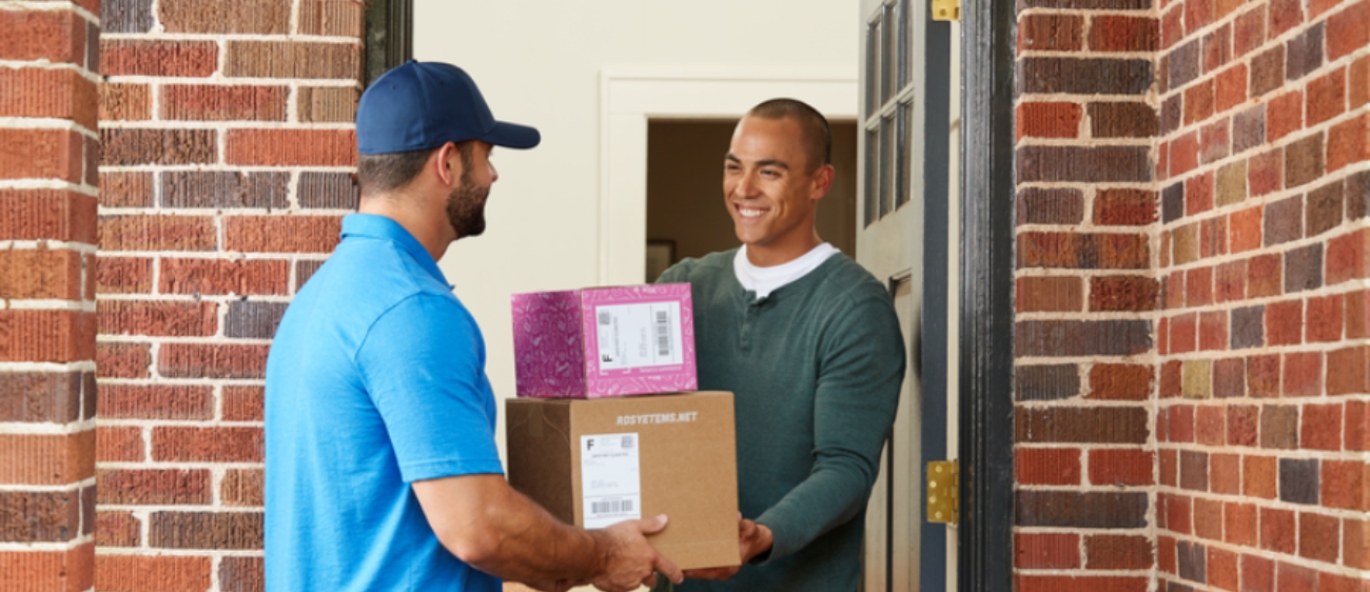Our global team of 50,000 works together every day to connect people to products through sustainable, fiber-based packaging, which gives us a particularly interesting view into the big shifts taking place across retail and e-commerce.
COVID-19 gave our purpose of sustainable packaging innovation a deeper meaning. During the pandemic, packaging played an increasingly vital role in consumers’ lives. E-commerce spending was up 44%, from $598 billion in 2019 to $861 billion in 2020. And packaging has really stepped up to support this shift—as a representative of the brand on the consumer’s doorstep and as a strong and flexible container through an increasingly complex supply chain.
We’re proud to have stood—at a safe distance of course—alongside our customers through this period of drastic change. In the early days of the pandemic, we ensured essential products like food, personal protective equipment and hand sanitizer reached consumers, businesses and healthcare providers on the front lines. And as the pandemic continued, we supported healthcare customers with packaging for COVID-19 testing kits, treatments and—we are incredibly proud to say—vaccines.
So, how did the role of packaging change on what we have learned over the last year. How did the role of packaging change in consumers’ minds? What did this mean for our customers? And how can we apply these lessons to connect people to products even more safely, even more sustainably—in brighter days ahead?
These learnings are informed by a combination of our on-the-ground experience and our WestRock Pulse Packaging Survey, which measured the impact of COVID-19 on consumer attitudes toward packaging.
Safety First
Consumers want packaging to connect them to products safely. Consumers continue to have high expectations of safety in packaging, and this trend carries over to online purchases as well. However, the importance of several key safety attributes increased, especially when it comes to brand trust.
And, consumers showed interest in several new safety measures, especially online.
We saw this data in action with increased demand for our sustainable, tamper-proof food delivery packaging InsulShield™, which is a solution for packaging refrigerated or frozen temperature-sensitive products.
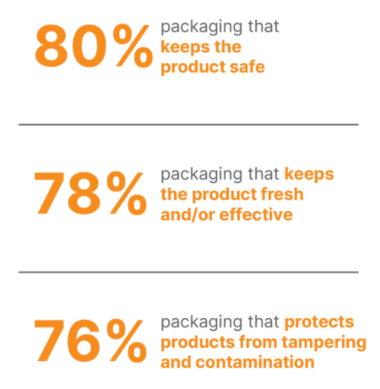
Connected Packaging
Another area in which our innovation teams are focusing is connected packaging, which allows consumers to learn more about a product without having to touch it, through mobile and digital devices. Our data shows that 7 of 10 consumers say packaging that provides useful information about the product impacts product satisfaction.
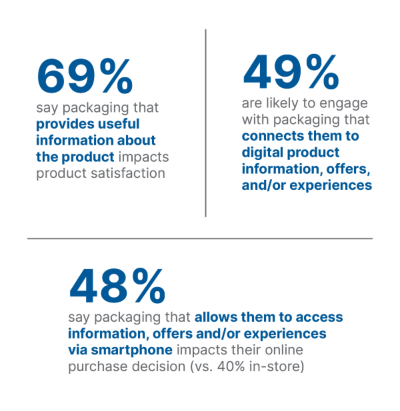
See our paperboard six-pack carrier CanCollar® come to life by scanning the QR code.
- OPEN the camera on your phone
- SCAN the QR code & click link
- POINT your screen at a flat surface
Or click here to view in Web 3D on your computer.
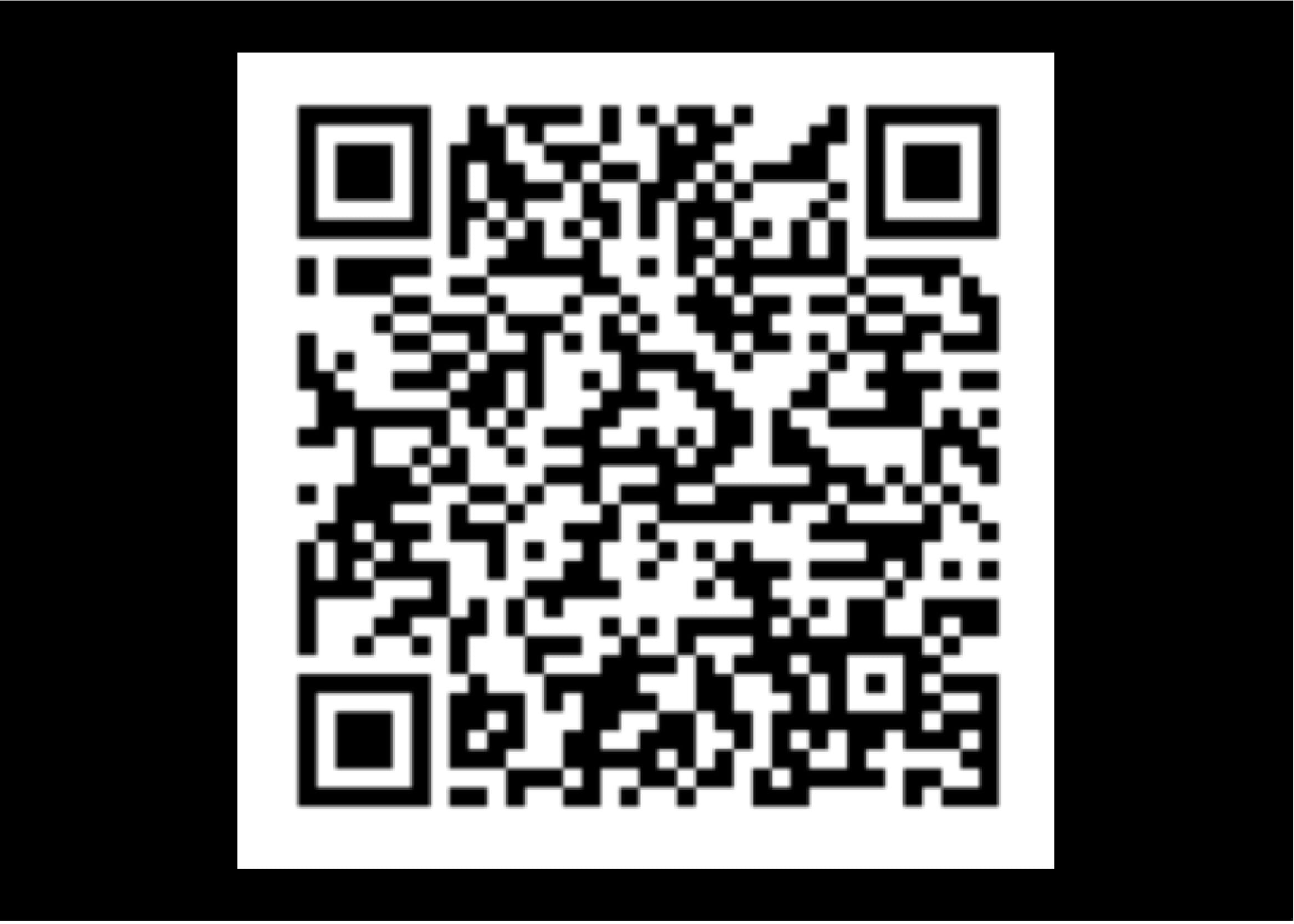
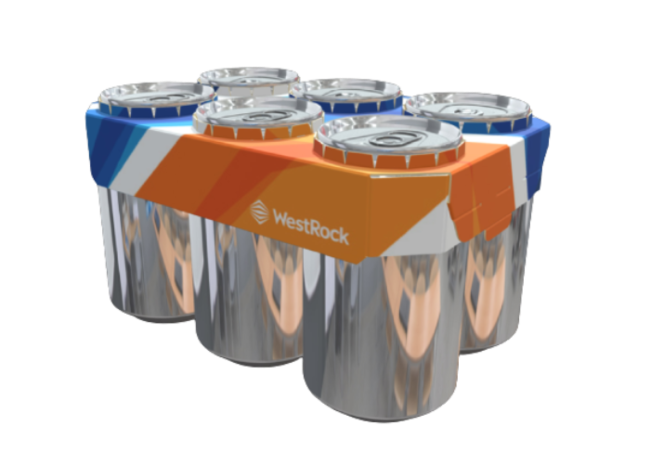
See our paperboard six-pack carrier CanCollar® come to life by scanning the QR code.
A Sustainable Balance
Our data show that consumers still have high expectations of brands when it comes to sustainable packaging. Those expectations translate to purchase decisions, as more than half of people are willing to pay extra for eco-friendly packaging. In fact, it seems consumers are more educated about sustainability and the factors associated with it.
.png?h=332&iar=0&mh=332&mw=650&w=650&sc_lang=en&hash=132BD9548D990586FE61747AE552A239)
The Staying Power of Online Shopping
While consumers are ordering more online, they are receiving products in a couple different ways: via third-party delivery to their homes or by picking up curbside. This second category, coined BOPIS (buy online, pick up in store), encompasses curbside pick-up and ship-to-store options, and it exploded in popularity in 2020. While many consumers tried these services for safety reasons in the early days of the pandemic, they’re sticking with them because of convenience.
We’re partnering with our customers to figure out what it means to connect people to products in this new shopping ecosystem. It’s an exciting time, and there is a lot to discover. But what we do know is this: packaging is really important in this hybrid retail environment. Importantly for brands, several features related to packaging aesthetics saw impact for online purchase decisions in 2022.
Our packaging design and brand engagement teams are supporting our customers to develop packaging that delivers a seamless brand experience whether it’s on a shelf, in a “pickup lane” or on a front porch. And our automation and e-commerce teams are working with our customers on the back end of those supply chains to lower complexity and cost.
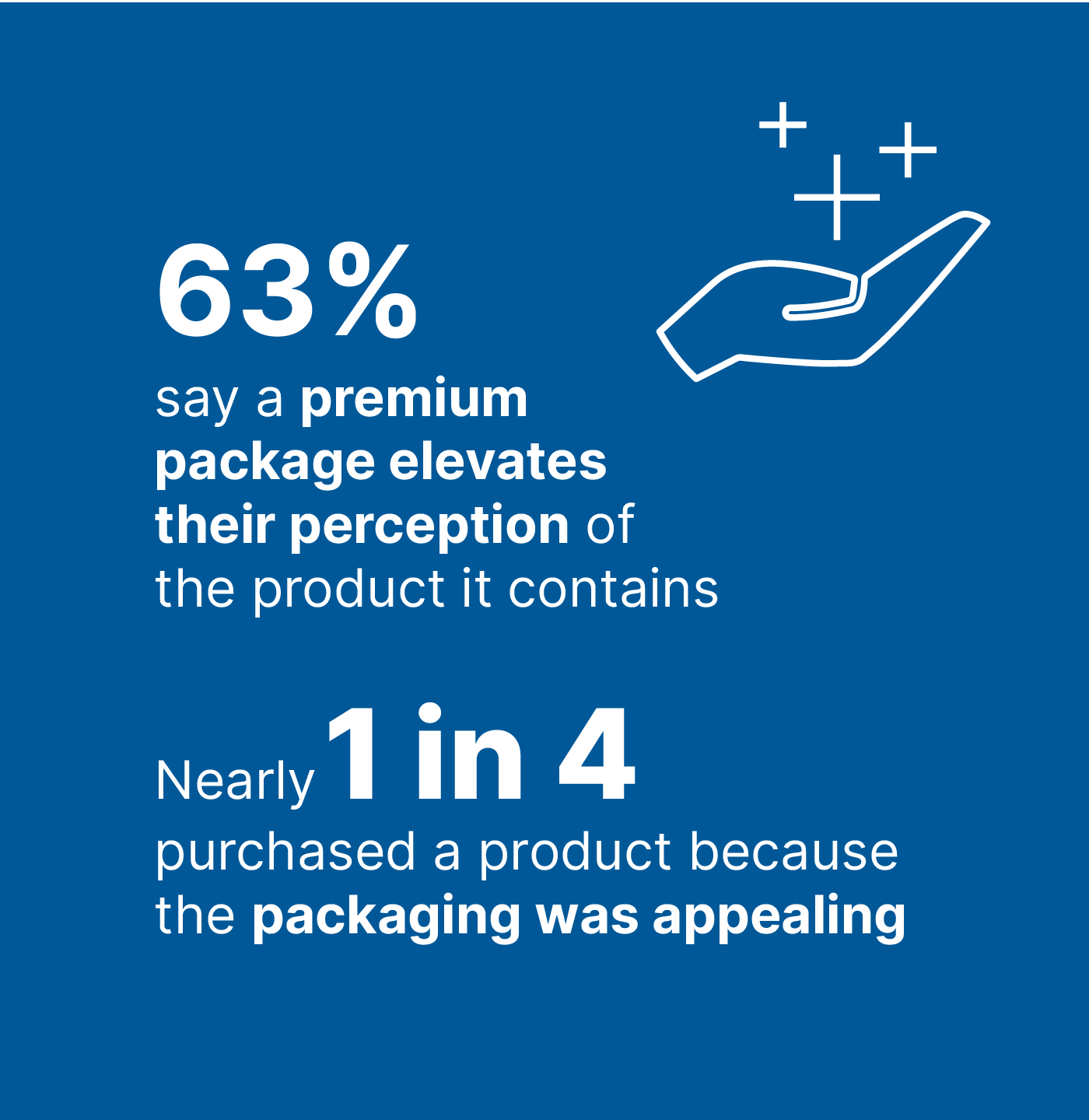
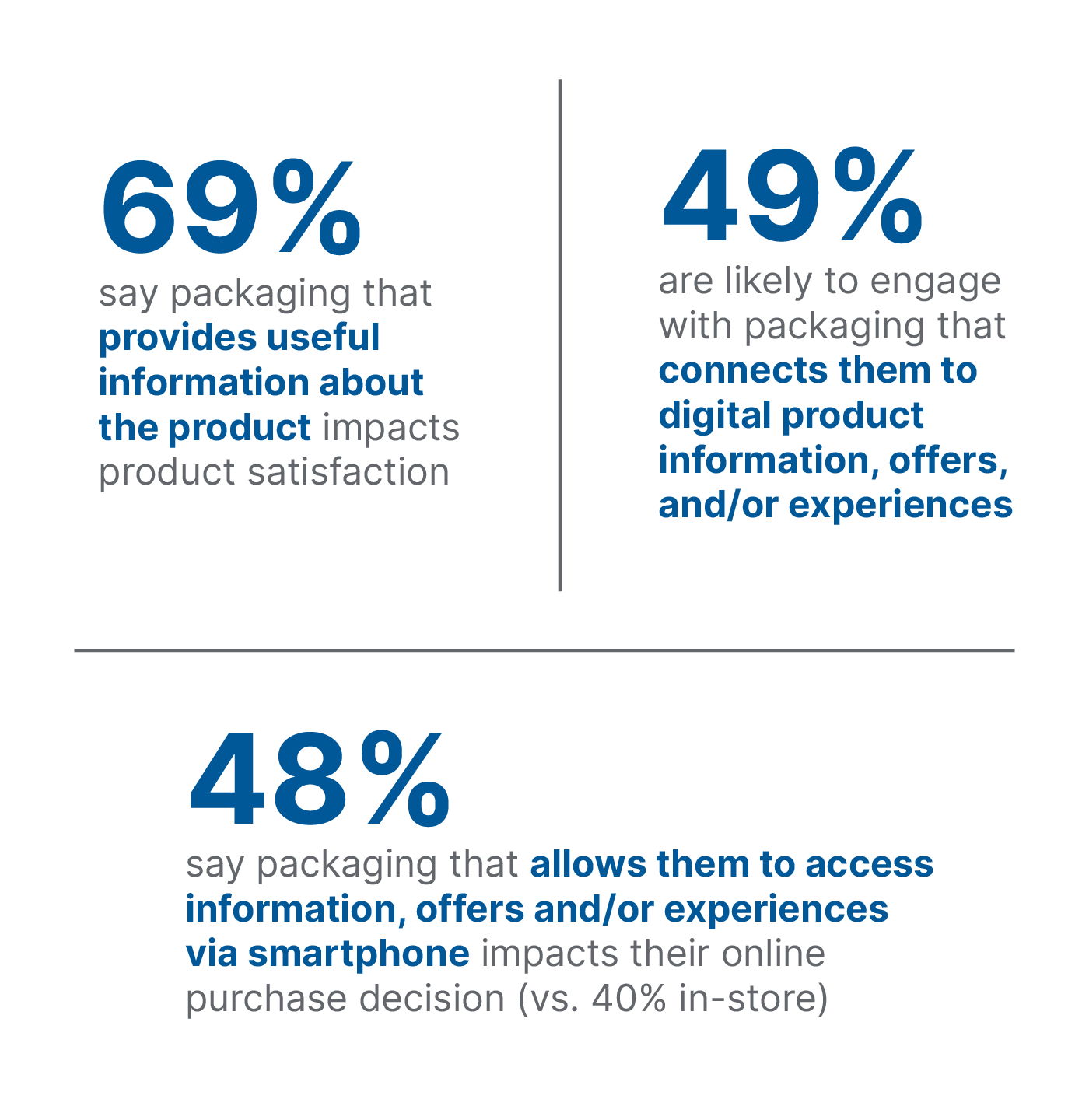
What's Next
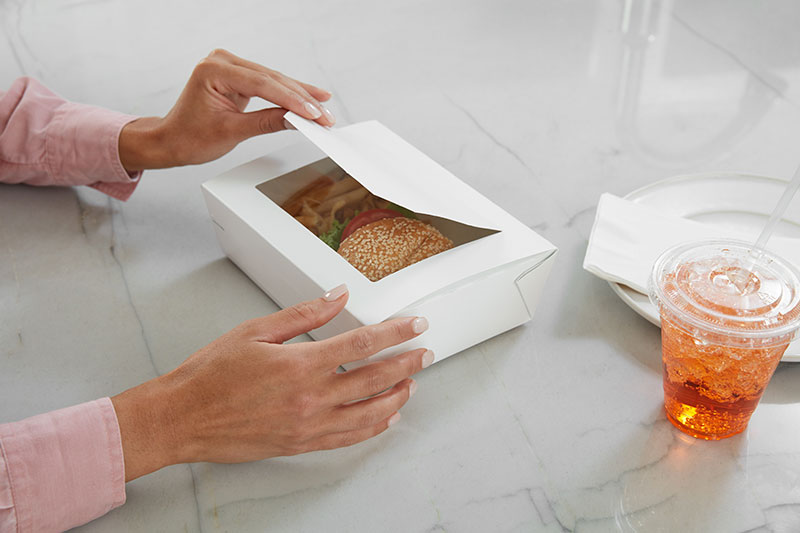
Connecting people to products begins with us. Let’s get started. And, let’s keep going.
Learn more about WestRock’s insights on consumer attitudes towards packaging.
